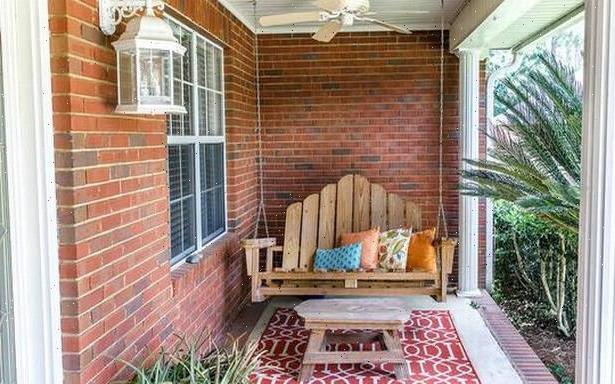
The beauty of brick cladding
09/24/2021How to bring back the charm of natural terracotta
When it comes to building exteriors, cladding brick is a good option for reasons beyond just aesthetics. Here are a few:
Protecting main walls from weathering: Brick cladding provides an additional layer of protection for a building from harsh weather conditions such as heat, rain, mold and other pollutants. This then helps prevent cracking and deterioration of the main structure.
Adding strength and support: The technique provides an additional layer of material adding mass and strength to the existing structure. This is especially useful for older buildings which need additional strength and protection to ensure the main structure lasts longer.
Getty Images/iStockphoto
Thermal insulation: Being fairly thick, brick cladding offers a layer of thermal insulation from extreme heat outside, thus keeping the interiors cool and lowering cooling costs.
Low maintenance: Good quality cladding bricks require very little maintenance over time when compared to paint and other coatings. This is one of the reasons why cladding brick has gained popularity in recent times. Most of the kinds of brick cladding only have to be washed to stay looking good.
Putting them to use
Today, a wide range of terracotta bricks are available in the market. They vary in colour, size and thickness, and the variation in colour is due to the method of firing, manufacturing, and also due to the addition of natural oxides. Handmade bricks for cladding are also available and can be used for a more natural finish. Differing shapes of cladding bricks are manufactured for use in corners and to achieve a distinct aesthetic. It is imperative that utmost care be taken while fixing cladding bricks, to ensure evenness of joints over the facade. Special adhesives can be used for fixing cladding bricks in lieu of cement mortar. Use of adhesives would ensure a clean finish and avoid stains from spillage of cement during fixing.
The author is the founder of Green Evolution, a sustainable architecture firm
Source: Read Full Article


